I am trying to use Model Validation in MVC .Net Core and can't manage to replace this default error message 'The value '' is invalid'.
In theory, we can replace our own custom error message by using ErrorMessage Annotation in the Model. But I couldn't find a way to make this one work.
My Model
[Required(ErrorMessage = "Date Required")]
[DataType(DataType.Date, ErrorMessage = "Invalid Date Format")]
[Display(Name = "Appointment Date")]
[DisplayFormat(DataFormatString = "{0:dd/MM/yyyy}", ApplyFormatInEditMode = true)]
public DateTime AppointmentDate { get; set; }
I put different ErrorMessage for both Required and DataType tag as shown in the above.
My html view
<div class="col-md-2">
<input class="form-control" asp-for="AppointmentDate">
<span asp-validation-for="AppointmentDate" class="text-danger"></span>
</div>
Could you please help me how I could get that error message replaced? Thanks.


